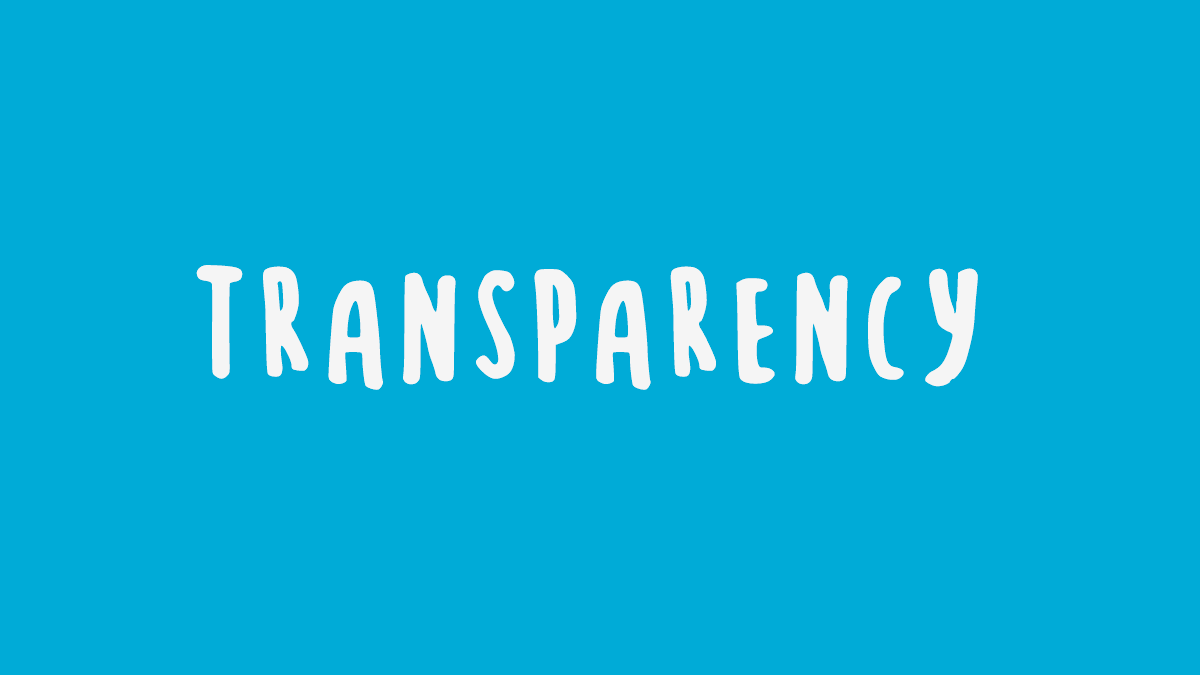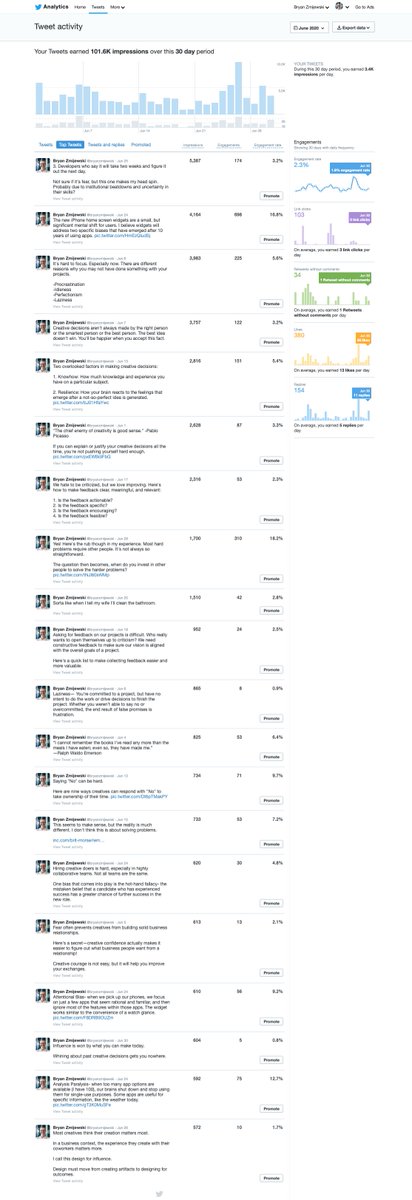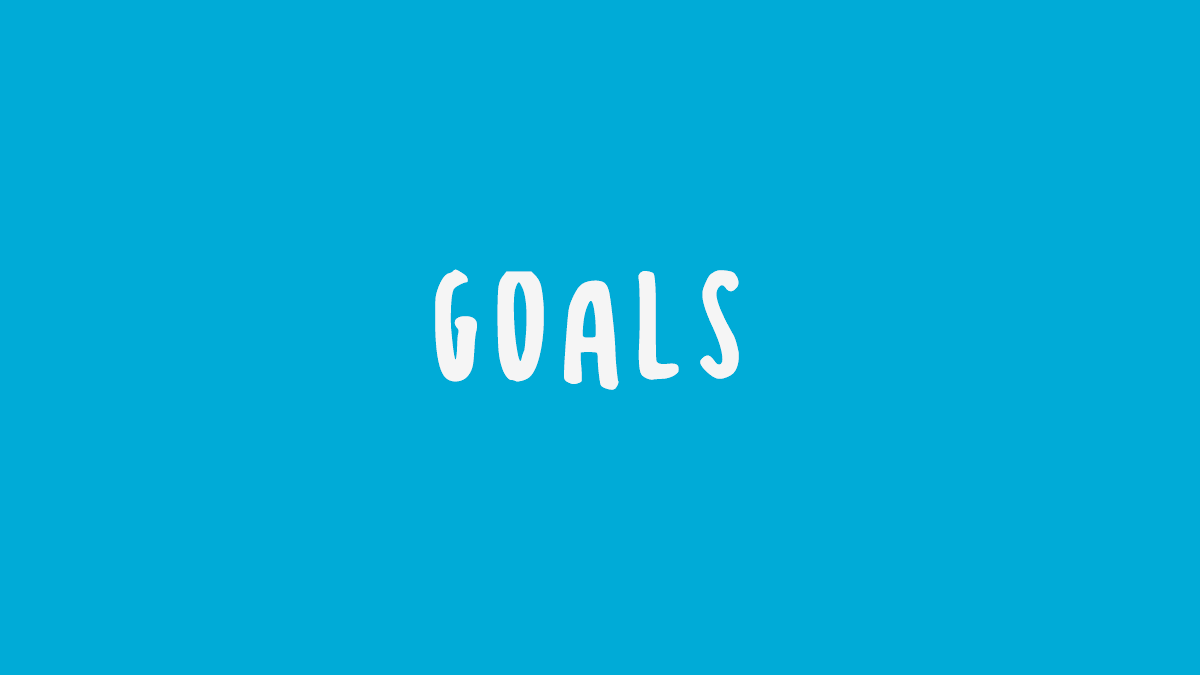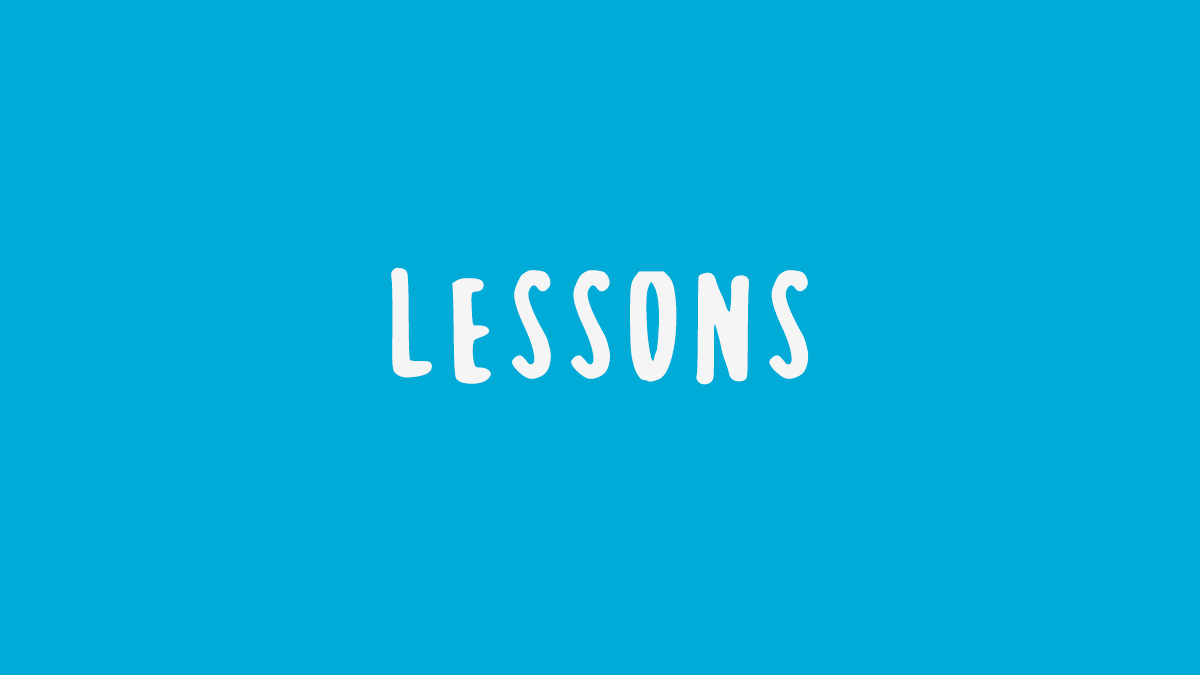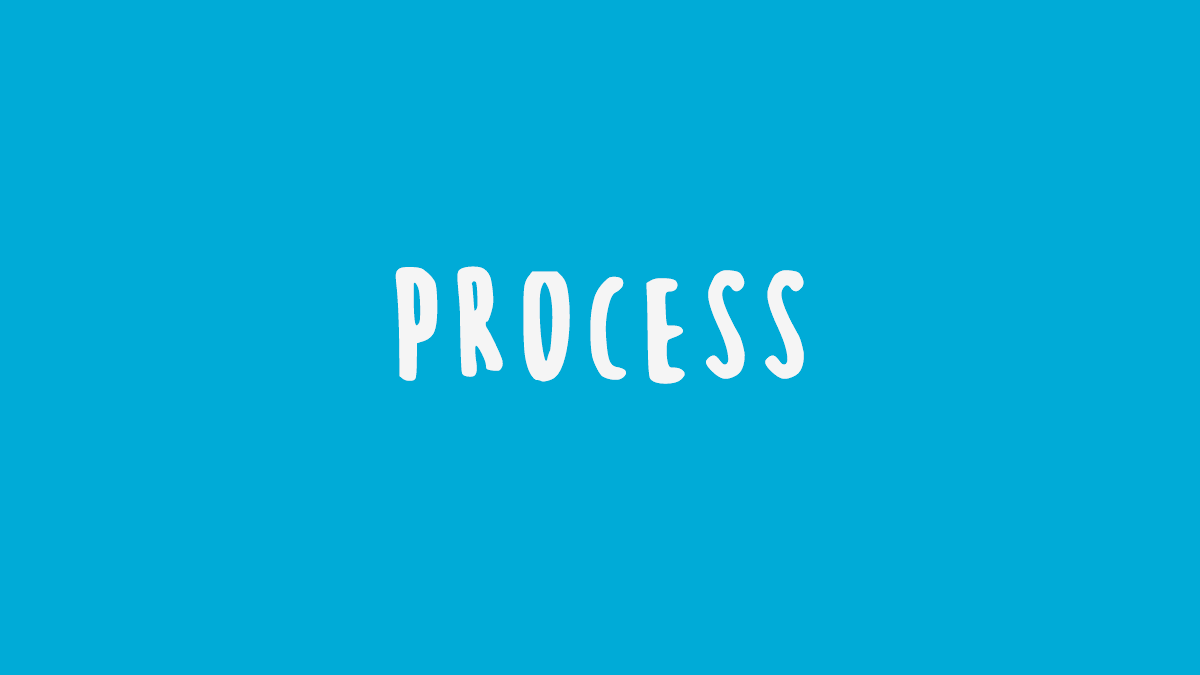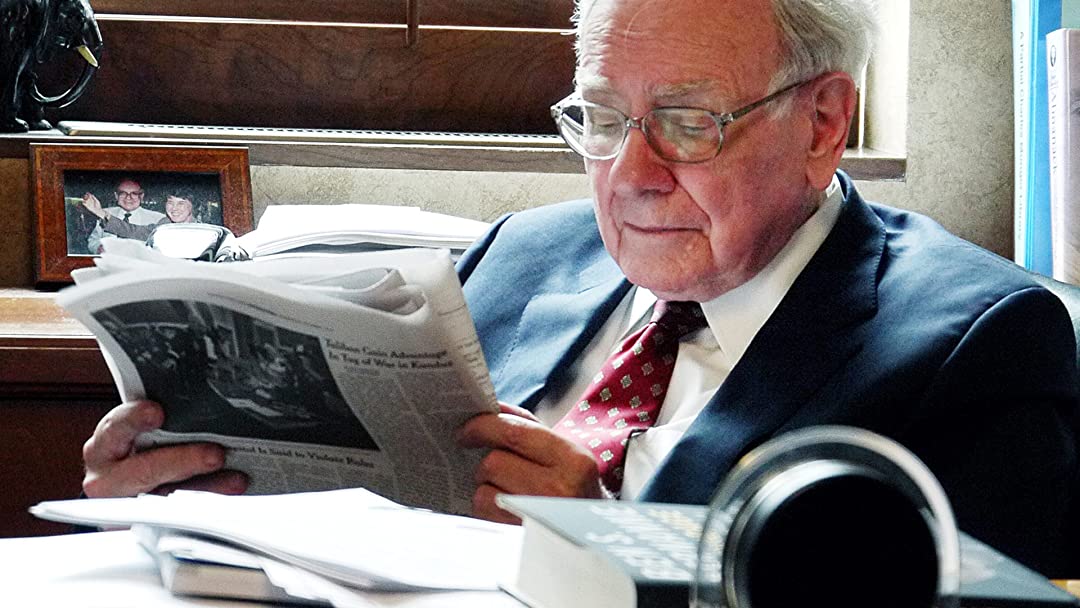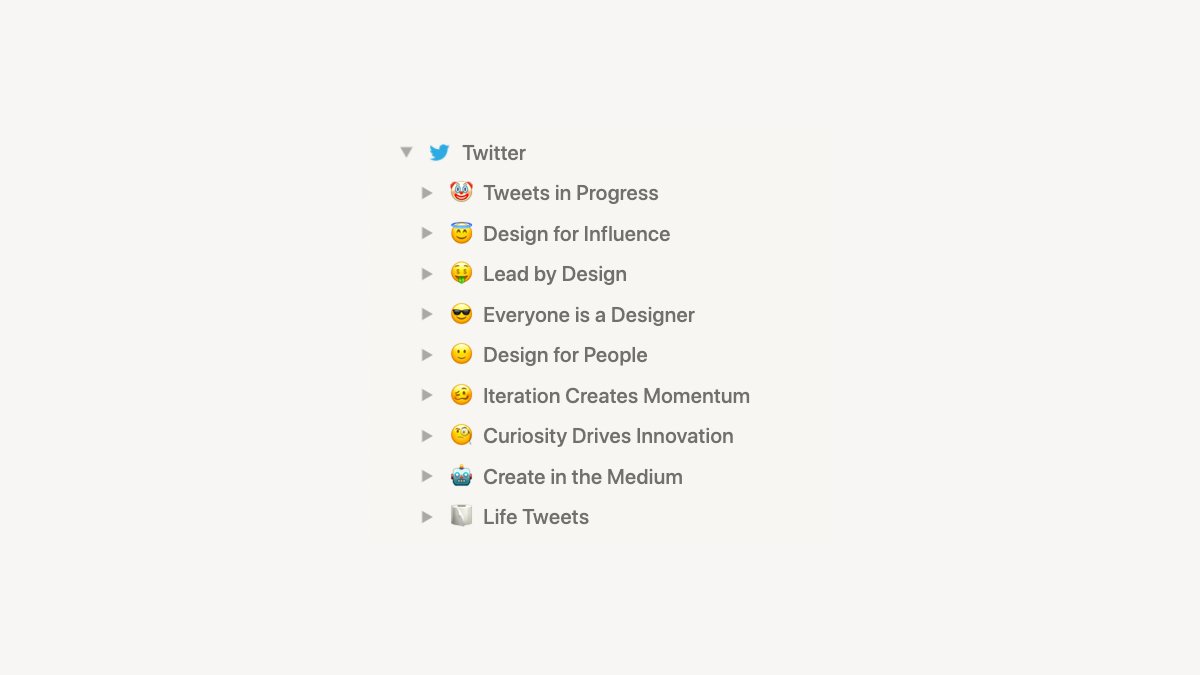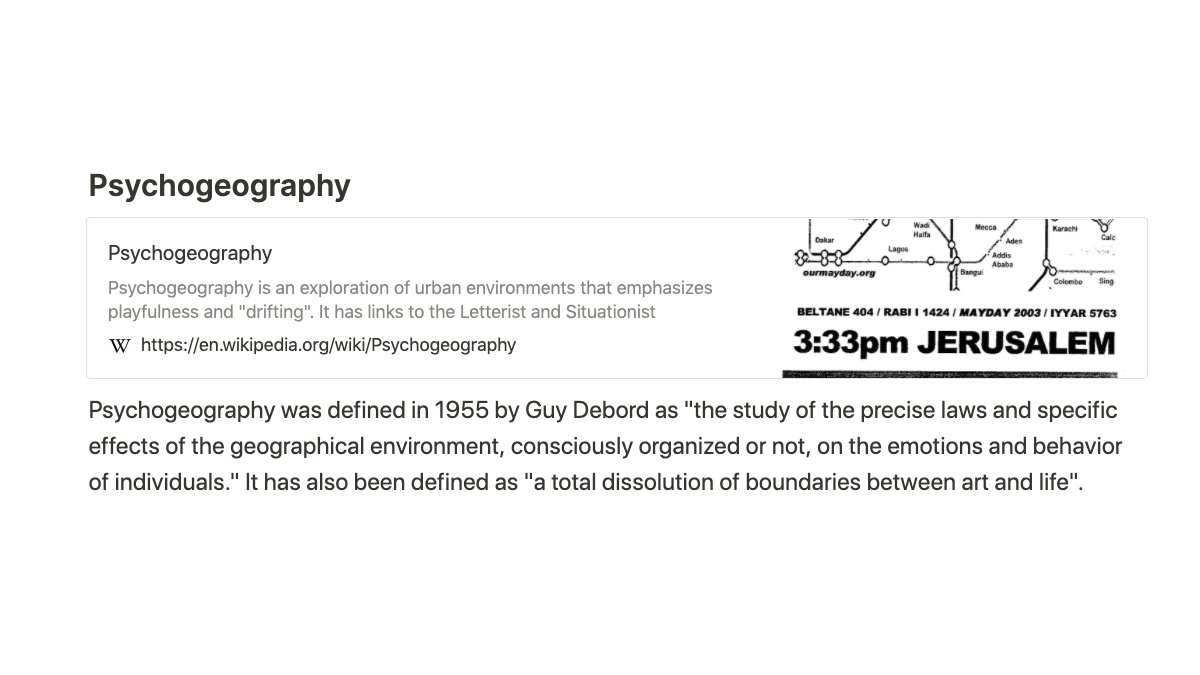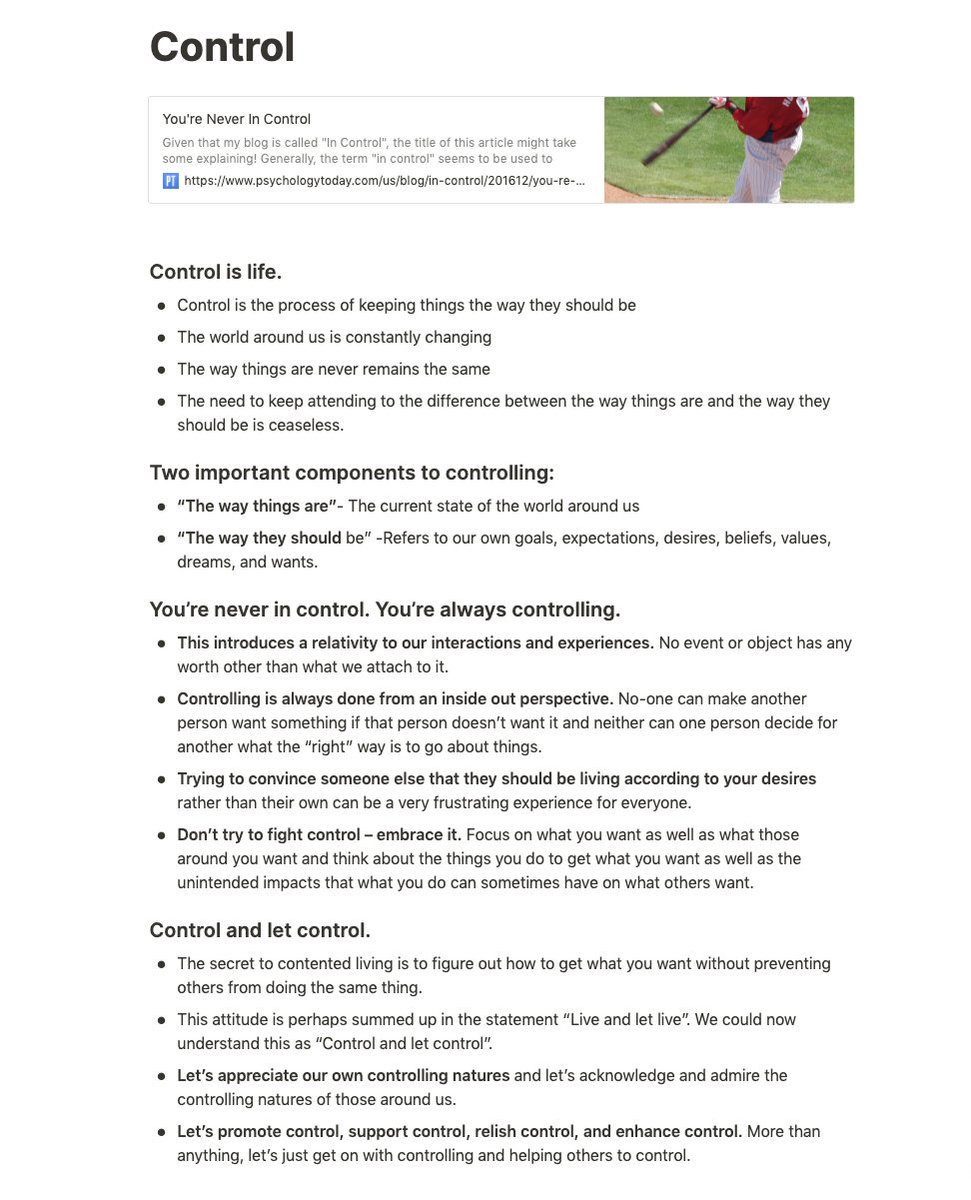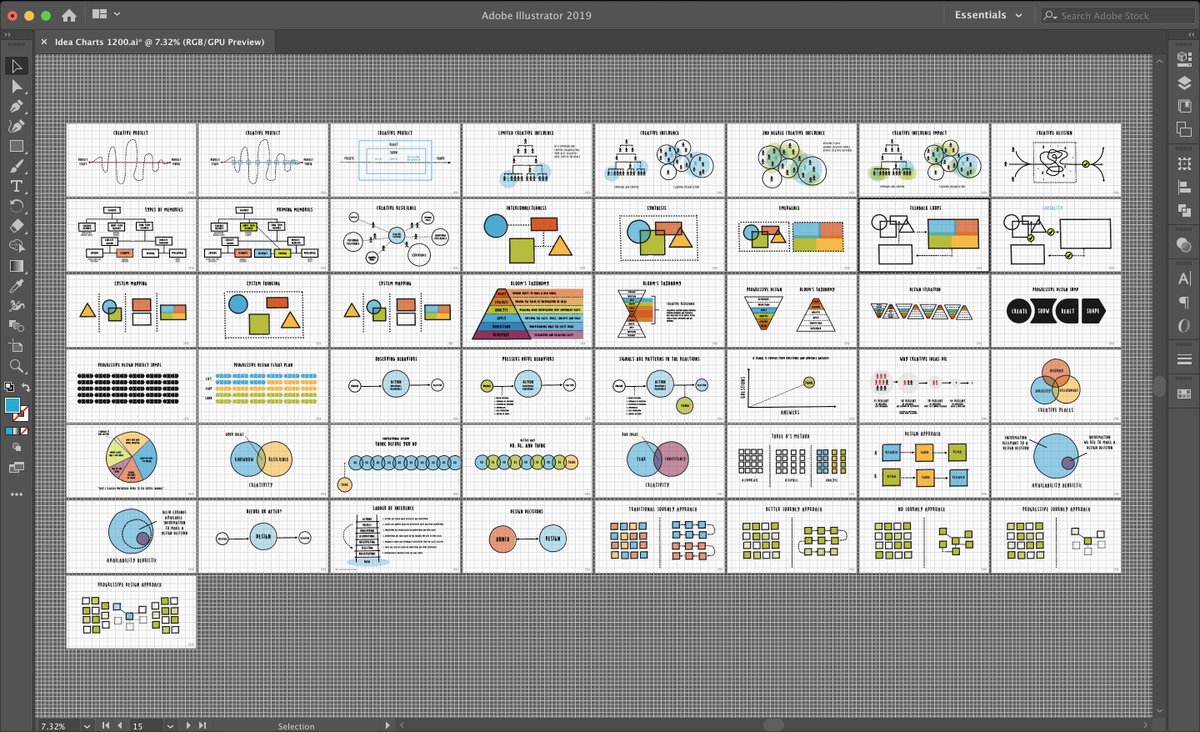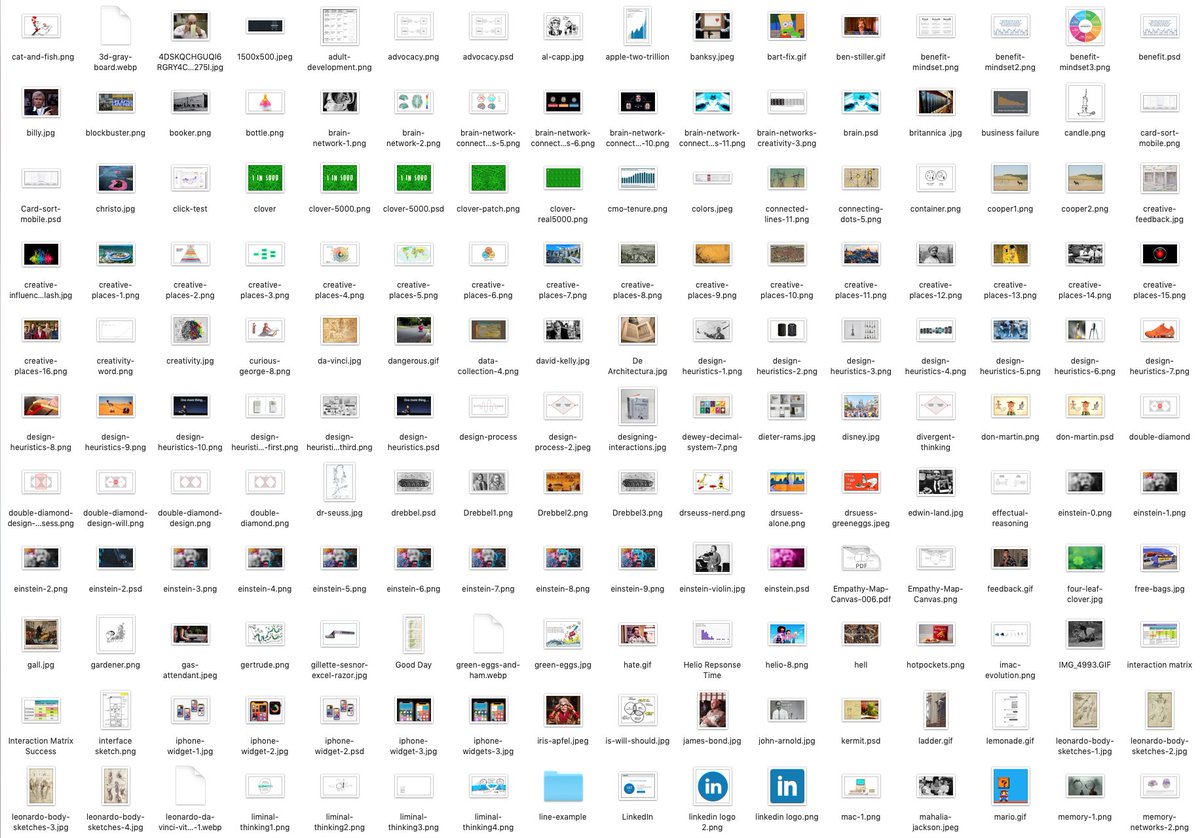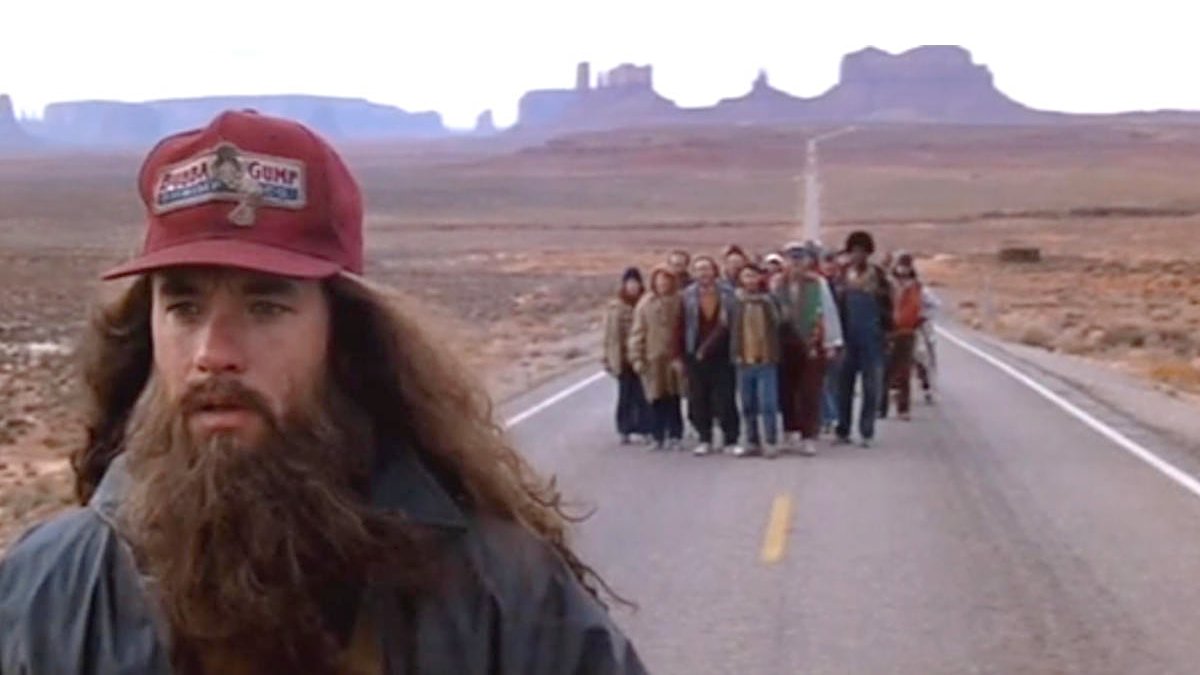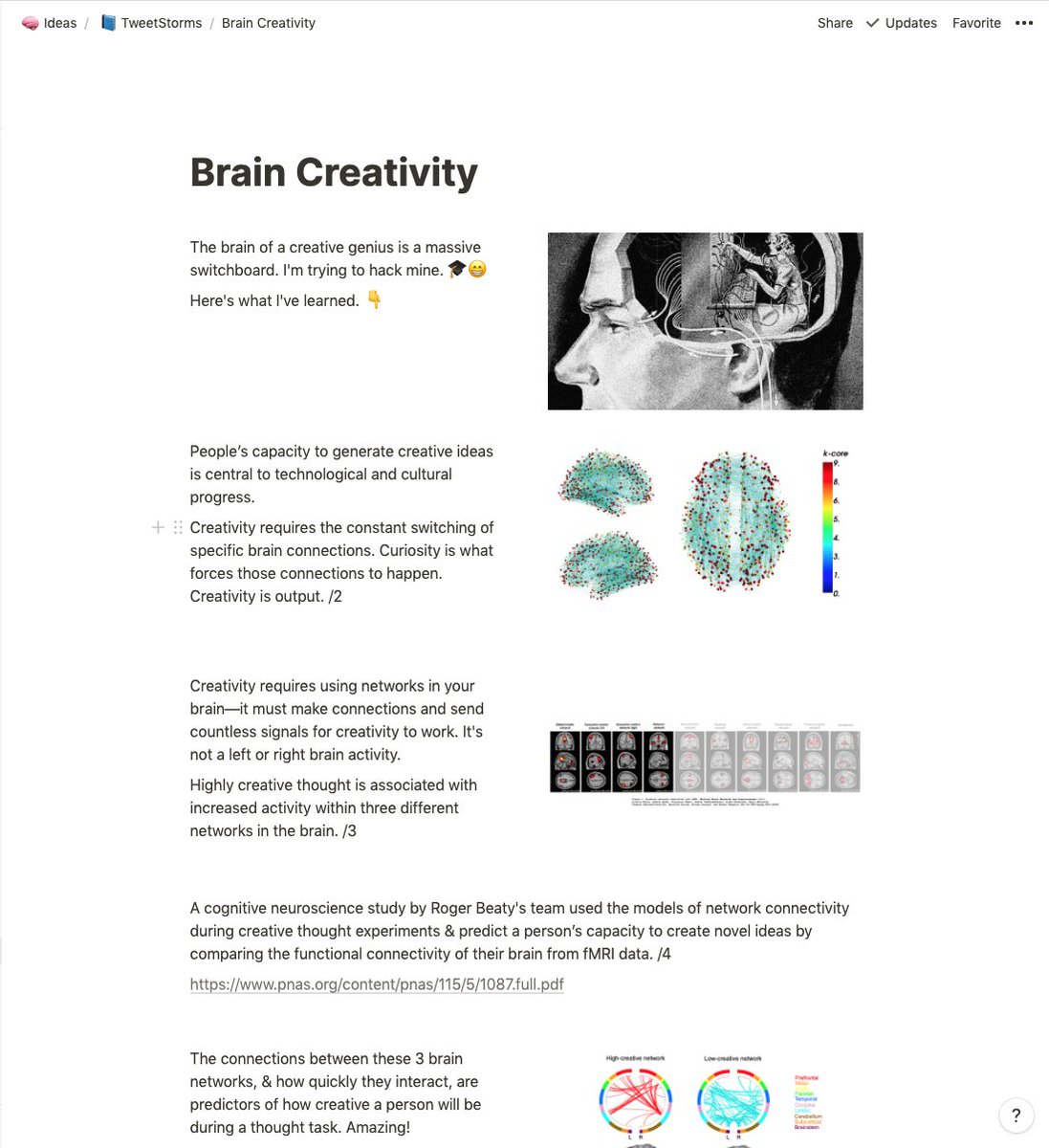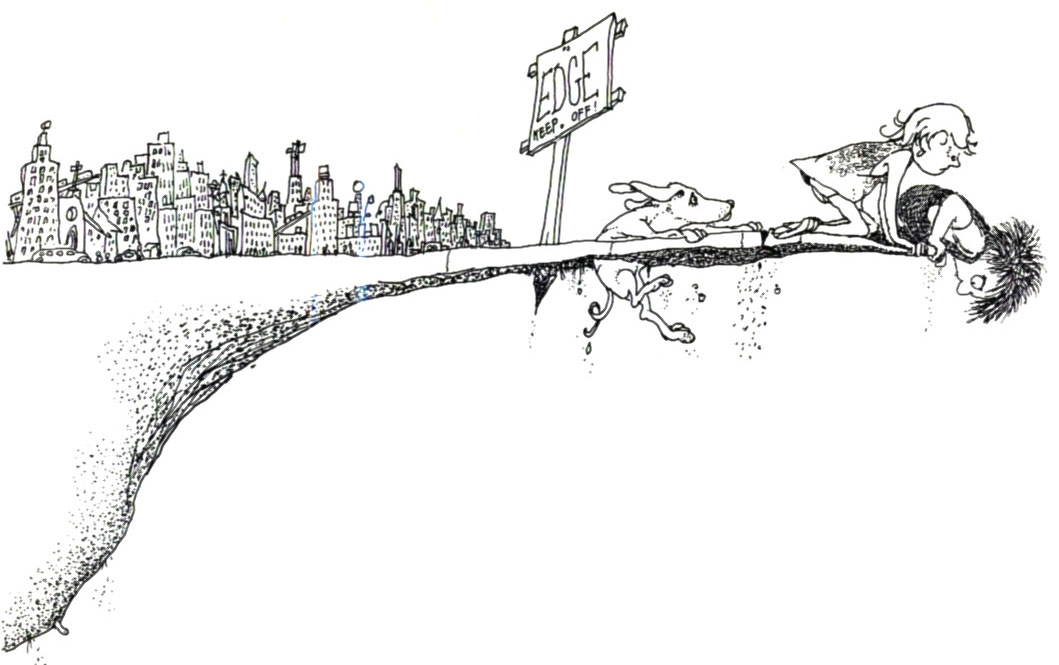Thought leader lessons for using Twitter.  https://abs.twimg.com/emoji/v2/... draggable="false" alt="🤯" title="Explodierender Kopf" aria-label="Emoji: Explodierender Kopf">
https://abs.twimg.com/emoji/v2/... draggable="false" alt="🤯" title="Explodierender Kopf" aria-label="Emoji: Explodierender Kopf">
Four months ago I committed myself to be on Twitter. In the process, I& #39;ve learned a lot about myself and want to share my experience:
• Transparency
• Goals
• Lessons
• Process
Here& #39;s what I& #39;ve learned. https://abs.twimg.com/emoji/v2/... draggable="false" alt="👇" title="Rückhand Zeigefinger nach unten" aria-label="Emoji: Rückhand Zeigefinger nach unten">
https://abs.twimg.com/emoji/v2/... draggable="false" alt="👇" title="Rückhand Zeigefinger nach unten" aria-label="Emoji: Rückhand Zeigefinger nach unten">
Four months ago I committed myself to be on Twitter. In the process, I& #39;ve learned a lot about myself and want to share my experience:
• Transparency
• Goals
• Lessons
• Process
Here& #39;s what I& #39;ve learned.
I have fun looking at my data. I& #39;m sharing mine to be transparent, and learn from people who understand this medium better than me!
I& #39;ve been active for about 4 months. I started this new journey with 3,500 followers and hadn& #39;t engaged with my audience in many years. /2
I& #39;ve been active for about 4 months. I started this new journey with 3,500 followers and hadn& #39;t engaged with my audience in many years. /2
Stats over the last 4 months:
• 1648 Tweets, (52% comments)
• Daily engagement jumped 1.6% to 2.7%
• Lost followers early. Added 200+ people
• May tweets ~1% engagement, now up over 5%
• 19% engagement on my best tweet
• Retweets, Likes and comments going up
/3
• 1648 Tweets, (52% comments)
• Daily engagement jumped 1.6% to 2.7%
• Lost followers early. Added 200+ people
• May tweets ~1% engagement, now up over 5%
• 19% engagement on my best tweet
• Retweets, Likes and comments going up
/3
I& #39;m tweeting more, but I changed my patterns in August to focus on quality tweets.
- May 222 Tweets (144 comments)
- June 306 Tweets (152 comments)
- July 647 Tweets (366 comments)
- August 473 Tweets (204 comments)
/4 https://docs.google.com/spreadsheets/d/1h2XyqbY_qmPuM13rgcdHTQOzo8vDECPFm06KDY90pGA/edit?usp=sharing">https://docs.google.com/spreadshe...
- May 222 Tweets (144 comments)
- June 306 Tweets (152 comments)
- July 647 Tweets (366 comments)
- August 473 Tweets (204 comments)
/4 https://docs.google.com/spreadsheets/d/1h2XyqbY_qmPuM13rgcdHTQOzo8vDECPFm06KDY90pGA/edit?usp=sharing">https://docs.google.com/spreadshe...
It& #39;s easy to get trapped in your own headspace. Twitter is an amazing place to break those habits. I had three simple goals:
- Have fun writing
- Tell better stories
- Be a beginner
I had to let go of my ego.
/5
- Have fun writing
- Tell better stories
- Be a beginner
I had to let go of my ego.
/5
I work with intent—too much some times. Those that know me are probably not surprised to see me jump deep into a problem. I went into this without any expectations or rules.
I& #39;m having fun writing. I love learning. People are way cool.
/6
I& #39;m having fun writing. I love learning. People are way cool.
/6
I pushed away a book deal from a respected publisher. I went my own direction and got stuck—I began to wonder if a book was the place to spend my time?
I needed more audience feedback. I realized my ideas were not solidified.
My main goal? I want to tell better stories.
/7
I needed more audience feedback. I realized my ideas were not solidified.
My main goal? I want to tell better stories.
/7
I& #39;m embracing a beginner& #39;s mindset.
I& #39;ve been stuck in my thinking, running ZURB the past 22 years. I& #39;m fortunate to have been invited to the steps of Stanford Business School, White House, NYSE, and Fortune 500 companies.
I was an early user of Twitter but took a break.
/8
I& #39;ve been stuck in my thinking, running ZURB the past 22 years. I& #39;m fortunate to have been invited to the steps of Stanford Business School, White House, NYSE, and Fortune 500 companies.
I was an early user of Twitter but took a break.
/8
I embraced:
• the opening act
• being spontaneous
• losing followers
• getting no response
• creating threads
• building on ideas
• staying focused
• following with intent
• liking back
• commenting quickly
/9
• the opening act
• being spontaneous
• losing followers
• getting no response
• creating threads
• building on ideas
• staying focused
• following with intent
• liking back
• commenting quickly
/9
Be the opening act
Follow people who are talented and add value with comments. Think about giving away your best content on their feed. You learn a lot about what people think. Refine the ideas on your feed. /10 https://twitter.com/bryanzmijewski/status/1284865060192399360">https://twitter.com/bryanzmij...
Follow people who are talented and add value with comments. Think about giving away your best content on their feed. You learn a lot about what people think. Refine the ideas on your feed. /10 https://twitter.com/bryanzmijewski/status/1284865060192399360">https://twitter.com/bryanzmij...
Learn to be spontaneous
Notice when people connect with your comments. I put this thread together in literally 30 mins on Advocacy after seeing the comment get reactions. It& #39;s still not complete, but it continues to connect with people. /11 https://twitter.com/bryanzmijewski/status/1284882889708986371">https://twitter.com/bryanzmij...
Notice when people connect with your comments. I put this thread together in literally 30 mins on Advocacy after seeing the comment get reactions. It& #39;s still not complete, but it continues to connect with people. /11 https://twitter.com/bryanzmijewski/status/1284882889708986371">https://twitter.com/bryanzmij...
Losing followers is ok
The first month was brutal. Some validation would have been nice, but I trucked along knowing I was coming in cold with ideas that were not thought out. Empty bar.
It& #39;s better to keep engaging with small groups of people.
/12
The first month was brutal. Some validation would have been nice, but I trucked along knowing I was coming in cold with ideas that were not thought out. Empty bar.
It& #39;s better to keep engaging with small groups of people.
/12
It& #39;s a game of numbers
I don& #39;t know when something will connect with my followers. Did I write it bad? Maybe it& #39;s boring or too obvious? Too complex?
I adjust quickly, but not at the expense of my learning. I loved this tweet. Nobody else did. /13 https://twitter.com/bryanzmijewski/status/1297204382098890752">https://twitter.com/bryanzmij...
I don& #39;t know when something will connect with my followers. Did I write it bad? Maybe it& #39;s boring or too obvious? Too complex?
I adjust quickly, but not at the expense of my learning. I loved this tweet. Nobody else did. /13 https://twitter.com/bryanzmijewski/status/1297204382098890752">https://twitter.com/bryanzmij...
Tweet threads are great
I& #39;m learning to be brief. It& #39;s hard to create succinct tweets that stand on their own and also create an impact in a thread. I plan these over the course of a day while learning, and others I just start creating as I go along. /14 https://twitter.com/bryanzmijewski/status/1295191857719197698">https://twitter.com/bryanzmij...
I& #39;m learning to be brief. It& #39;s hard to create succinct tweets that stand on their own and also create an impact in a thread. I plan these over the course of a day while learning, and others I just start creating as I go along. /14 https://twitter.com/bryanzmijewski/status/1295191857719197698">https://twitter.com/bryanzmij...
Build on peoples ideas
I& #39;m forced to add value in a unique way when I synthesize other people& #39;s ideas. It is:
• easier to scan
• fun to read
• instantly sharable
It& #39;s great writing practice and you create useful things for people to enjoy. /15 https://twitter.com/bryanzmijewski/status/1299173923821551617">https://twitter.com/bryanzmij...
I& #39;m forced to add value in a unique way when I synthesize other people& #39;s ideas. It is:
• easier to scan
• fun to read
• instantly sharable
It& #39;s great writing practice and you create useful things for people to enjoy. /15 https://twitter.com/bryanzmijewski/status/1299173923821551617">https://twitter.com/bryanzmij...
Stay focused
Creative decision making is a misunderstood concept, but I& #39;m determined to keep finding ways to make it enjoyable and fun. Followers want this focus.
About 10% of my tweets are personal in nature to humanize my voice. /16 https://twitter.com/bryanzmijewski/status/1298456895297003525">https://twitter.com/bryanzmij...
Creative decision making is a misunderstood concept, but I& #39;m determined to keep finding ways to make it enjoyable and fun. Followers want this focus.
About 10% of my tweets are personal in nature to humanize my voice. /16 https://twitter.com/bryanzmijewski/status/1298456895297003525">https://twitter.com/bryanzmij...
Follow with intent
I follow people to get new perspectives. I& #39;m constantly looking for the right mix of ideas to broaden my thinking and change my perspective.
I use lists to follow people with interesting ideas but aren& #39;t as focused on a topic. /17
https://twitter.com/bryanzmijewski/following">https://twitter.com/bryanzmij...
I follow people to get new perspectives. I& #39;m constantly looking for the right mix of ideas to broaden my thinking and change my perspective.
I use lists to follow people with interesting ideas but aren& #39;t as focused on a topic. /17
https://twitter.com/bryanzmijewski/following">https://twitter.com/bryanzmij...
Like generously
Support people who engage with your tweets. It& #39;s hard to share original and useful ideas that are entertaining. I& #39;ve found spending time in other people& #39;s feeds creates a reciprocation of engagement. Nobody wants to be the only one at their party. /18
Support people who engage with your tweets. It& #39;s hard to share original and useful ideas that are entertaining. I& #39;ve found spending time in other people& #39;s feeds creates a reciprocation of engagement. Nobody wants to be the only one at their party. /18
You have 15 minutes
You have to react quickly to someone& #39;s thread to get attention. Breaking into a new group of people is like starting over—people have their communities. Amplifying people& #39;s ideas takes time and timing. It can be discouraging. /19 https://twitter.com/bryanzmijewski/status/1276384224509980673">https://twitter.com/bryanzmij...
You have to react quickly to someone& #39;s thread to get attention. Breaking into a new group of people is like starting over—people have their communities. Amplifying people& #39;s ideas takes time and timing. It can be discouraging. /19 https://twitter.com/bryanzmijewski/status/1276384224509980673">https://twitter.com/bryanzmij...
Here& #39;s my process:
- Read a lot
- Keep focused
- Capture ideas
- Take notes
- Draw diagrams
- Connect ideas
- Write Tweets
- Use assets
- Publish Tweets
- Jump into threads
/20
- Read a lot
- Keep focused
- Capture ideas
- Take notes
- Draw diagrams
- Connect ideas
- Write Tweets
- Use assets
- Publish Tweets
- Jump into threads
/20
Half of the Twitter experience is publishing and commenting. The other half is figuring out how to be interesting in the medium. People want to be entertained.
I spend most of the time learning: read articles, reflect on notes, and apply the ideas. Twitter is the last mile.
/21
I spend most of the time learning: read articles, reflect on notes, and apply the ideas. Twitter is the last mile.
/21
My tweets stay focused on creative decision making in seven principles. I keep Notion folders:
1. Designing For Influence
2. Lead By Design
3. Everyone Is A Designer
4. Iteration Builds Momentum
5. Design For People
6. Curiosity Drives Innovation
7. Create In The Medium
/22
1. Designing For Influence
2. Lead By Design
3. Everyone Is A Designer
4. Iteration Builds Momentum
5. Design For People
6. Curiosity Drives Innovation
7. Create In The Medium
/22
I capture ideas and save them for later in Notion so I don& #39;t forget to explore them. I bookmark ideas in the browser and put reference material in Notion, like these:
Self-sealing logic
Psychogeography
Digital hexes
Cancel culture
Antifragility
Accretion
Reverse Psychology
/23
Self-sealing logic
Psychogeography
Digital hexes
Cancel culture
Antifragility
Accretion
Reverse Psychology
/23
I take notes in Notion
I dig deep into articles and videos. I& #39;ll break them down line by line and focus on the key ideas. I find the activity rewarding instead of mindlessly surfing around. I get a chance to wrap my head around an idea. Here& #39;s one on control.
/24
I dig deep into articles and videos. I& #39;ll break them down line by line and focus on the key ideas. I find the activity rewarding instead of mindlessly surfing around. I get a chance to wrap my head around an idea. Here& #39;s one on control.
/24
I keep Illustrator open
I use Adobe Illustrator to capture more complex ideas in a picture format. I& #39;m still learning to distill ideas into clear diagrams. I opted to create a hand-drawn style to keep the ideas feeling loose. I want feedback.
/25
I use Adobe Illustrator to capture more complex ideas in a picture format. I& #39;m still learning to distill ideas into clear diagrams. I opted to create a hand-drawn style to keep the ideas feeling loose. I want feedback.
/25
I have two asset folders
I save all my diagrams in one folder and collected images in another folder. I quickly reference these when I comment on other people& #39;s tweets. Images create more interest and engagement in comments.
/26
I save all my diagrams in one folder and collected images in another folder. I quickly reference these when I comment on other people& #39;s tweets. Images create more interest and engagement in comments.
/26
I connect ideas
I& #39;m a thinker. Always thinking. I run about 5 days a week (20-30 miles) and use the time to slow my brain down to connect ideas and thoughts. I have fun pushing the ideas around, forcing connections.
/27
I& #39;m a thinker. Always thinking. I run about 5 days a week (20-30 miles) and use the time to slow my brain down to connect ideas and thoughts. I have fun pushing the ideas around, forcing connections.
/27
I give myself an hour
I& #39;m up at 6AM and try to spend an hour a day focused on writing and learning. Longer threads need this attention. I also write when ideas hit me. I& #39;m distracted, but Twitter rewards this type of thinking when it& #39;s genuine.
Both are valuable.
/28
I& #39;m up at 6AM and try to spend an hour a day focused on writing and learning. Longer threads need this attention. I also write when ideas hit me. I& #39;m distracted, but Twitter rewards this type of thinking when it& #39;s genuine.
Both are valuable.
/28
I use images
My first tweets didn& #39;t have images. When I attach images to my ideas, they reach a far greater pool of visual people who react. I believe images make tweets richer.
/29 https://twitter.com/bryanzmijewski/status/1297191799098753024">https://twitter.com/bryanzmij...
My first tweets didn& #39;t have images. When I attach images to my ideas, they reach a far greater pool of visual people who react. I believe images make tweets richer.
/29 https://twitter.com/bryanzmijewski/status/1297191799098753024">https://twitter.com/bryanzmij...
I publish on my laptop
95% of my publishing happens on a desktop. It just gives me more space to write and put together images. Perhaps quarantine has influenced my habits. I use my phone to browse and read my feed probably less than 1/3 of the time.
/30
95% of my publishing happens on a desktop. It just gives me more space to write and put together images. Perhaps quarantine has influenced my habits. I use my phone to browse and read my feed probably less than 1/3 of the time.
/30

 Read on Twitter
Read on Twitter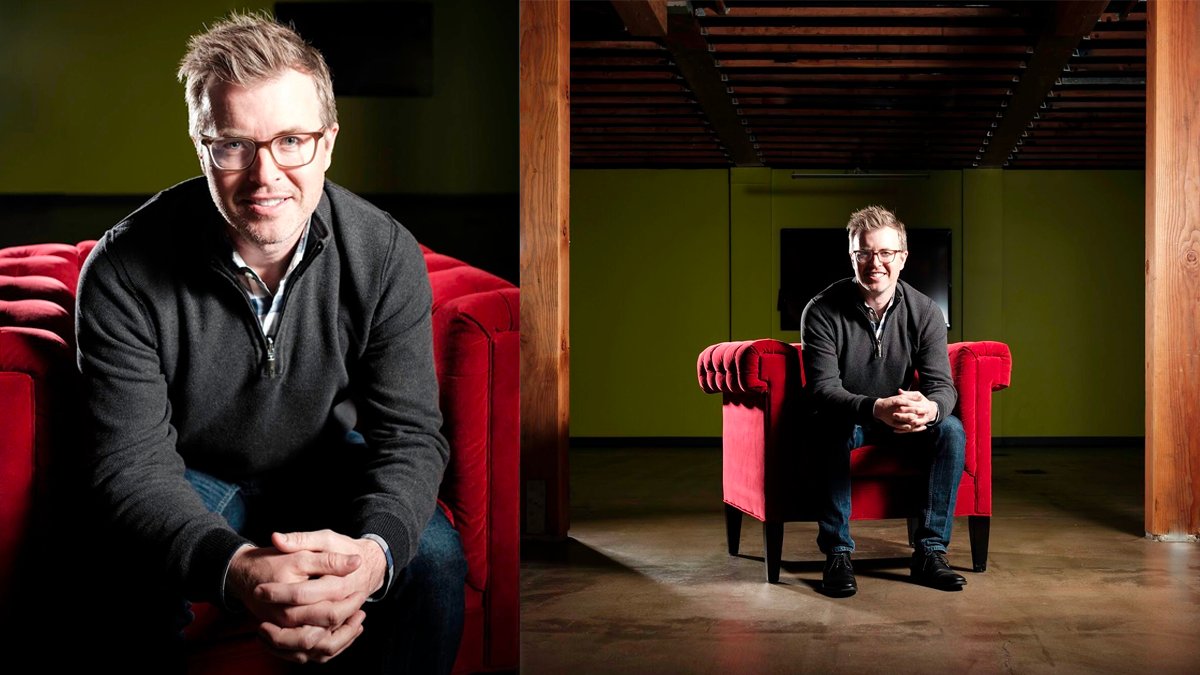 Four months ago I committed myself to be on Twitter. In the process, I& #39;ve learned a lot about myself and want to share my experience:• Transparency• Goals• Lessons• ProcessHere& #39;s what I& #39;ve learned.https://abs.twimg.com/emoji/v2/... draggable="false" alt="👇" title="Rückhand Zeigefinger nach unten" aria-label="Emoji: Rückhand Zeigefinger nach unten">" title="Thought leader lessons for using Twitter. https://abs.twimg.com/emoji/v2/... draggable="false" alt="🤯" title="Explodierender Kopf" aria-label="Emoji: Explodierender Kopf">Four months ago I committed myself to be on Twitter. In the process, I& #39;ve learned a lot about myself and want to share my experience:• Transparency• Goals• Lessons• ProcessHere& #39;s what I& #39;ve learned.https://abs.twimg.com/emoji/v2/... draggable="false" alt="👇" title="Rückhand Zeigefinger nach unten" aria-label="Emoji: Rückhand Zeigefinger nach unten">" class="img-responsive" style="max-width:100%;"/>
Four months ago I committed myself to be on Twitter. In the process, I& #39;ve learned a lot about myself and want to share my experience:• Transparency• Goals• Lessons• ProcessHere& #39;s what I& #39;ve learned.https://abs.twimg.com/emoji/v2/... draggable="false" alt="👇" title="Rückhand Zeigefinger nach unten" aria-label="Emoji: Rückhand Zeigefinger nach unten">" title="Thought leader lessons for using Twitter. https://abs.twimg.com/emoji/v2/... draggable="false" alt="🤯" title="Explodierender Kopf" aria-label="Emoji: Explodierender Kopf">Four months ago I committed myself to be on Twitter. In the process, I& #39;ve learned a lot about myself and want to share my experience:• Transparency• Goals• Lessons• ProcessHere& #39;s what I& #39;ve learned.https://abs.twimg.com/emoji/v2/... draggable="false" alt="👇" title="Rückhand Zeigefinger nach unten" aria-label="Emoji: Rückhand Zeigefinger nach unten">" class="img-responsive" style="max-width:100%;"/>
